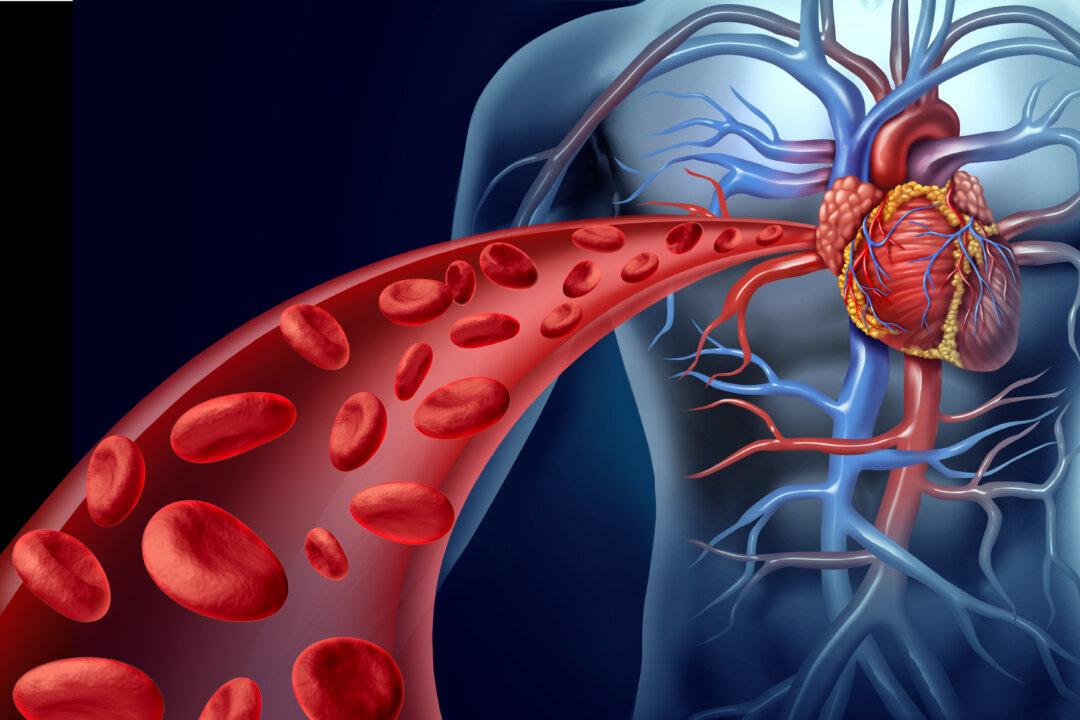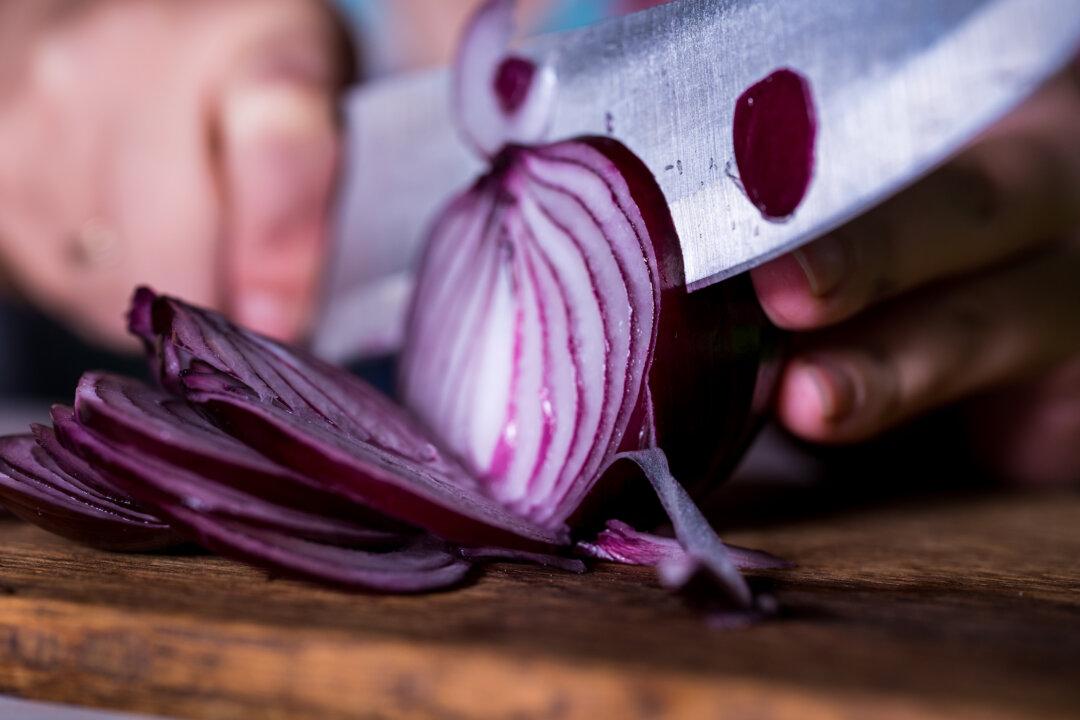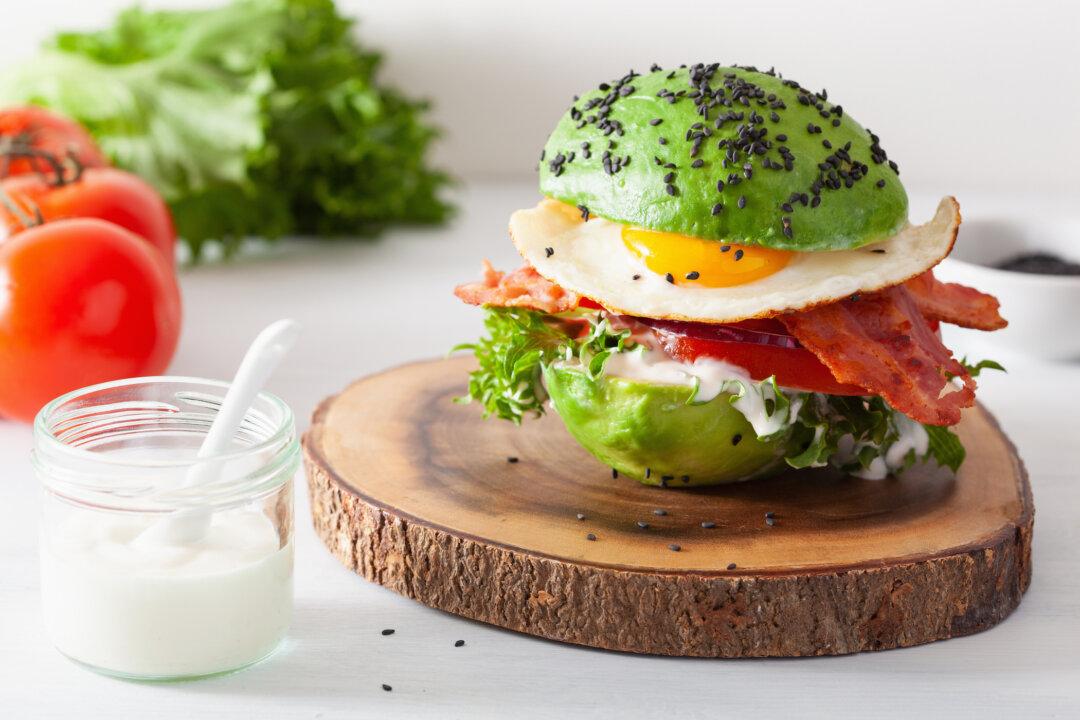According to the CDC, heart disease is the leading cause of death for both men and women in the United States. On the surface it sounds dreadful, but this fact becomes good news when we realize that heart disease is preventable and, in some cases, reversible.
Heart Disease is Preventable and Can Be Reversible
Although there are many genetic factors that determine your risk of heart disease, it is still preventable and can be reversible. This is because the most common cause of heart disease, atherosclerosis, is caused by factors that are under our control.Although atherosclerosis is technically the buildup of fatty plaques in your arteries, this does not mean that fat itself is the only factor to consider. In fact, many studies have shown that low-fat diets do not reduce the risk of heart disease at all.






